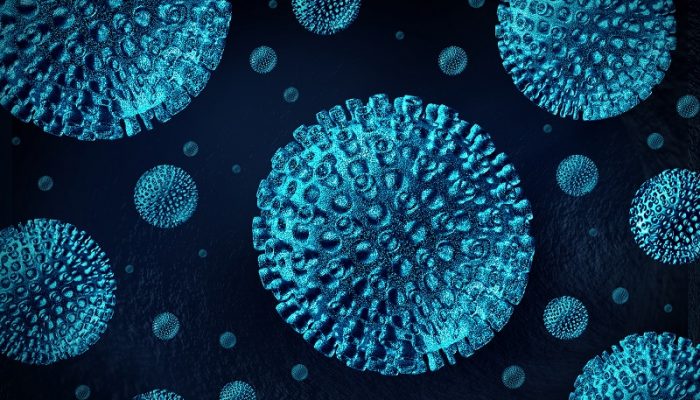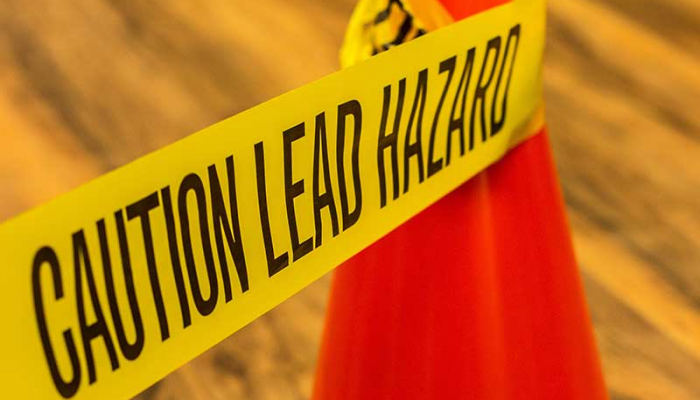Many people with hepatitis B, C, and D lead long, healthy lives when treated. But when viral hepatitis goes untreated, it can cause liver damage, cancer, and even death. During Hepatitis Awareness Month in May, we highlight our work to encourage testing, vaccination, and treatment to reduce the risk of viral hepatitis for everyone. This work is possible because of healthcare professionals, organizations, institutions, and everyday people who come together to improve the health and well-being of our communities.
Philadelphia collaborators
There is an extensive network of organizations and institutions in Philadelphia that are working to eliminate viral hepatitis. For example, Drexel HOPE provides care to some of Philadelphia’s most vulnerable people. Drexel HOPE’s mobile clinic meets patients where they are and offers hepatitis C treatment, along with a host of other services, in an accessible and comfortable environment.
Broad Street Love, recognizes the challenges of accessing healthcare by people who are unstably housed or involved in the legal system and offers an inclusive and welcoming environment for everyone with comprehensive, individualized services that help mitigate barriers.
Continued action
While staff at many Philadelphia organizations, institutions, healthcare clinics, and government programs are working to eliminate viral hepatitis, there are countless advocates working behind the scenes to fight these viruses, as well. By speaking with friends and neighbors about the importance of getting tested, encouraging family members to get vaccinated, or pursuing treatment to cure hepatitis C, they are helping us eliminate hepatitis, which is our goal.
Through these efforts, we’ve seen impressive progress in our fight against hepatitis B and hepatitis C. Since 2013, there’s been significant increases in numbers of people cured of hepatitis C. While we’ve made strides in raising awareness about hepatitis B and encouraging vaccination, there’s still much to be done. Eliminating hepatitis B and hepatitis C hinges on our continued efforts to bridge gaps in screening, education, and access to treatment, as well as our ability to reach underserved populations and remove persistent barriers to care.
There are countless ways for you to get involved in this work. Get vaccinated against hepatitis A and hepatitis B by finding a pharmacy at bit.ly/PhillyHepVaccines. Speak to a provider about getting tested for hepatitis B and hepatitis C. If you have hepatitis B, you can receive treatment to alleviate symptoms and reduce your risk of liver damage. If you have hepatitis C, you can be cured with medication that is safe, effective, and fast-acting. Information about hepatitis care and clinic locations can be found at bit.ly/HepProviders.
Together, we can make a lasting impact on the health and well-being of all Philadelphians. Let’s continue this important work, because every individual, regardless of their background, deserves a future free from viral hepatitis.




